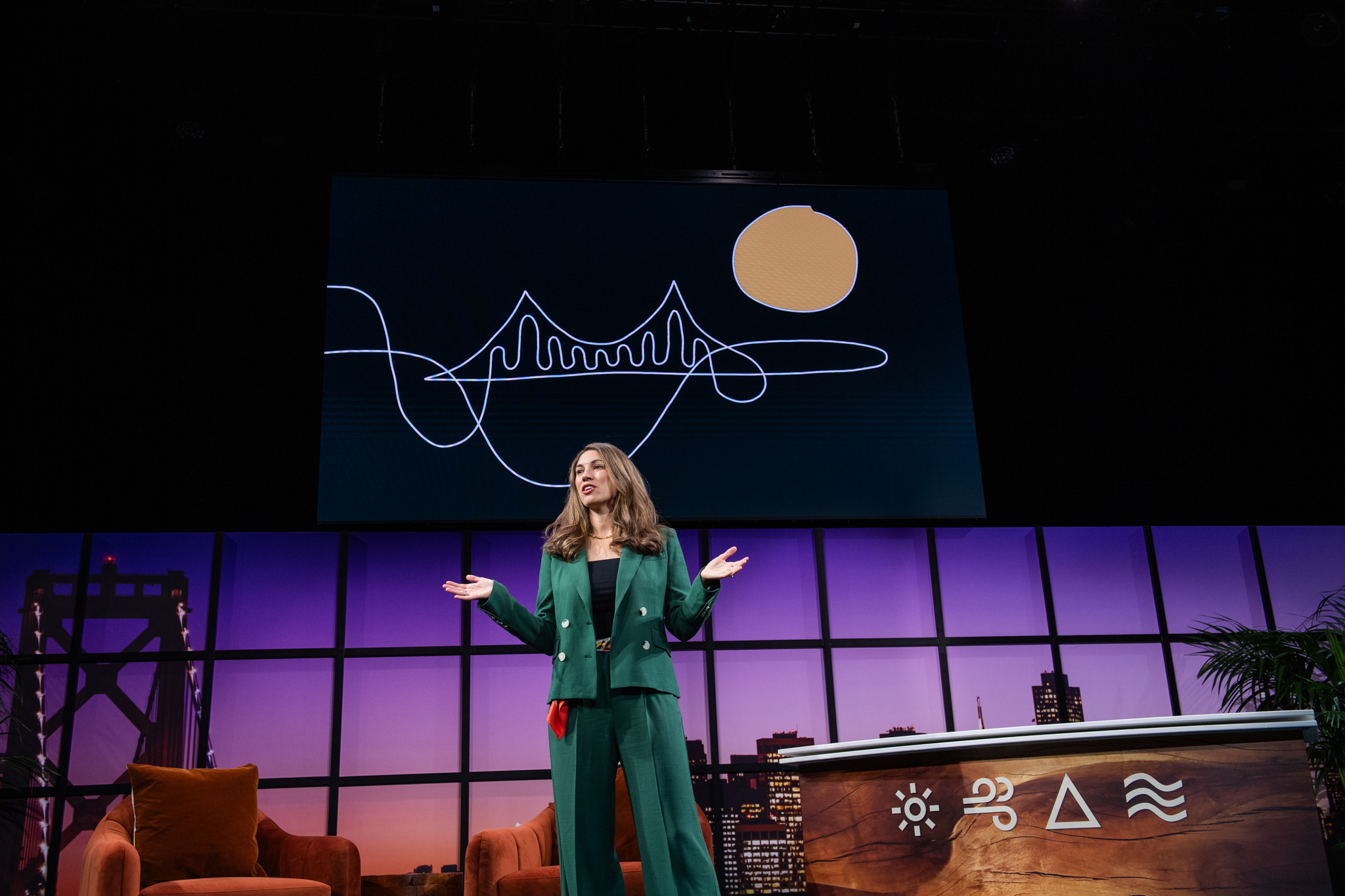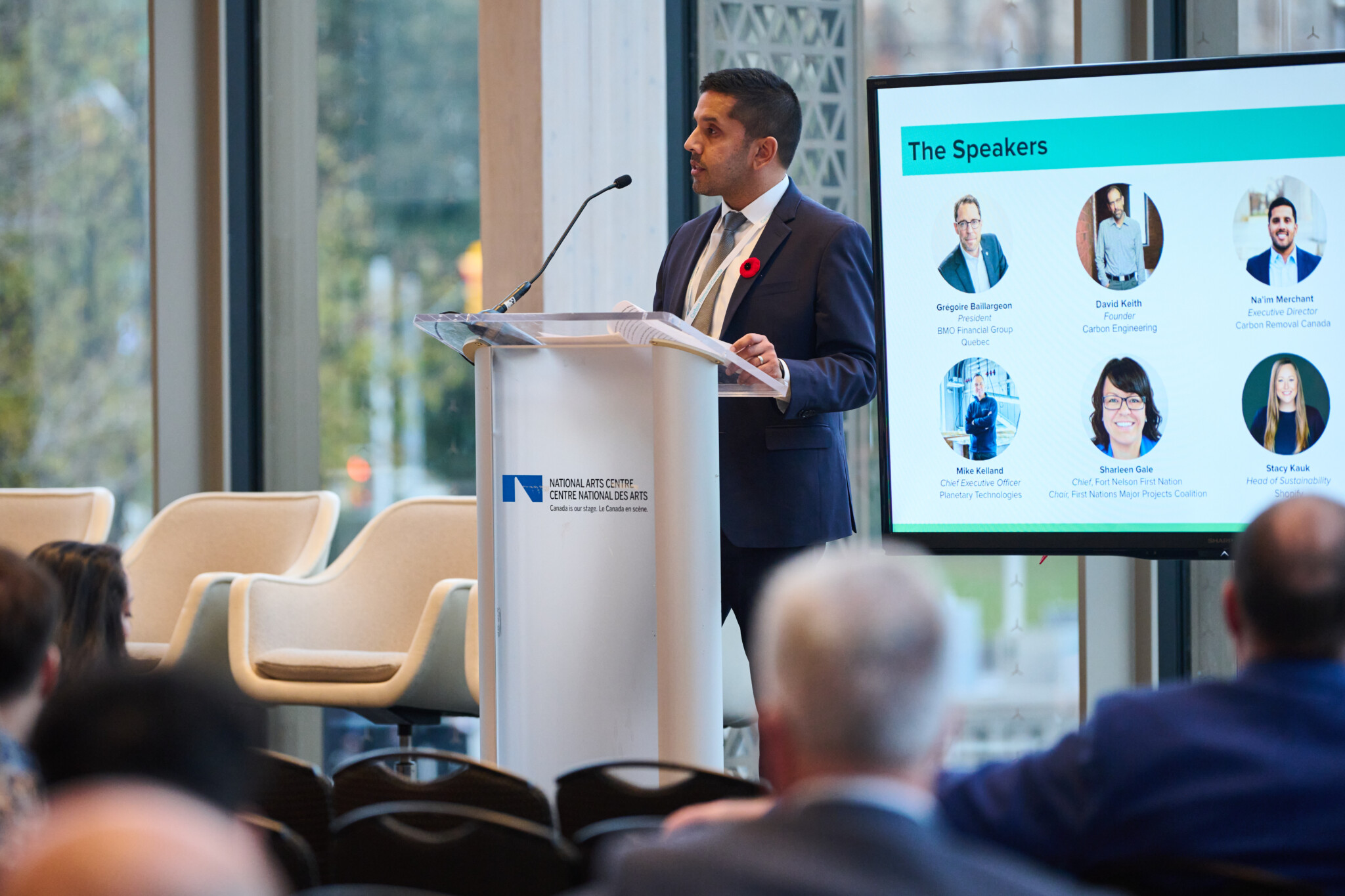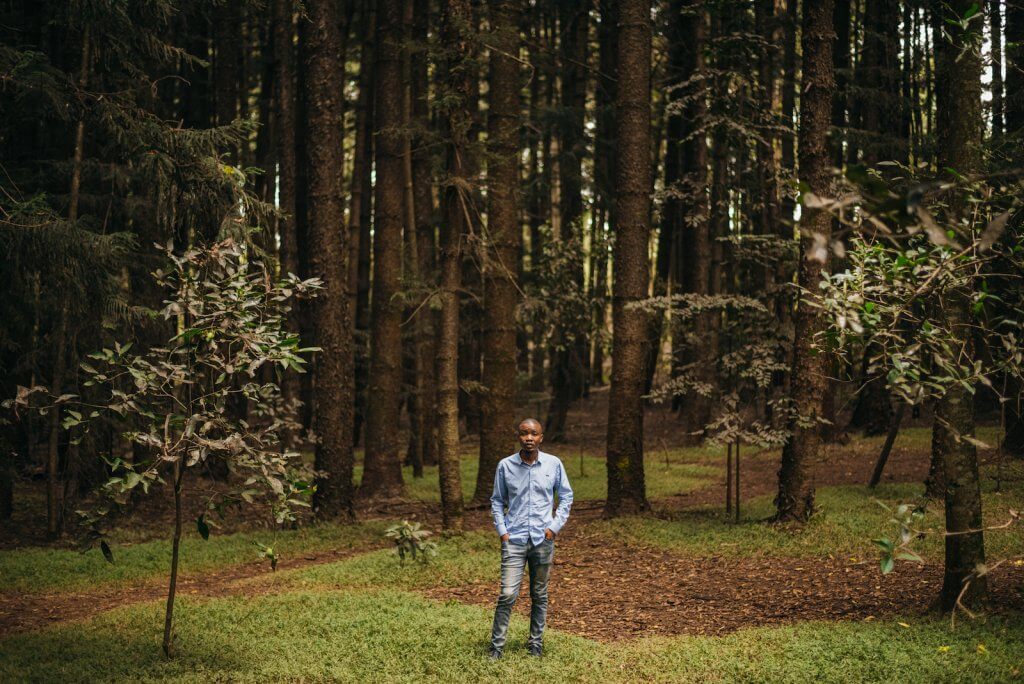
While the world has (rightly!) turned a sharp eye on the issue of plastic waste, the growing problem of electronic waste remains underappreciated. E-waste is defined as anything with a plug, electric cord, or battery — basically all of the proliferating devices that power our modern lives. And all of it has to end up somewhere.
It’s an issue that is only getting more urgent. Of the 53.6 million tons of e-waste generated globally in 2019, only 17.3% was properly collected and recycled. By 2030, global e-waste is estimated to swell to 75 million tons. And by 2040, the carbon emissions stemming from producing and using electronics is estimated to reach 14% of total emissions.
Perpetuating an unbalanced system by simply sending e-waste out of sight is no solution. That’s why I was so excited to meet Bonnie Mbithi, the CEO of Kenya’s WEEE Centre. With a contagious sense of optimism and a grand vision to tackle what he describes as “this animal called e-waste,” Bonnie is systematically creating new beginnings, both for Kenyan youth and our discarded electronics.
Where the Sidewalk Ends
As I think about our global connection to manufactured stuff and where it goes, I’m reminded of Shel Silverstein’s Where the Sidewalk Ends and the imagery of two children peering over the sharp edge of a sidewalk at a grand empty space. Can we fill that space not with our discarded stuff, but with the limitless optimism of imagination to build a better future? What if all of this stuff we make and use and discard wasn’t designed to end, but to circle back again and again?
I don’t believe there is a circular economy sector — it’s a way of life.
Silverstein writes, “We shall walk with a walk that is measured and slow.” Guided by that sentiment, I am heartened to support entrepreneurs like Bonnie who are taking the time to work within communities, building proper systems and strong businesses that can be sustained, and filling the void at the end of the sidewalk with new beginnings.
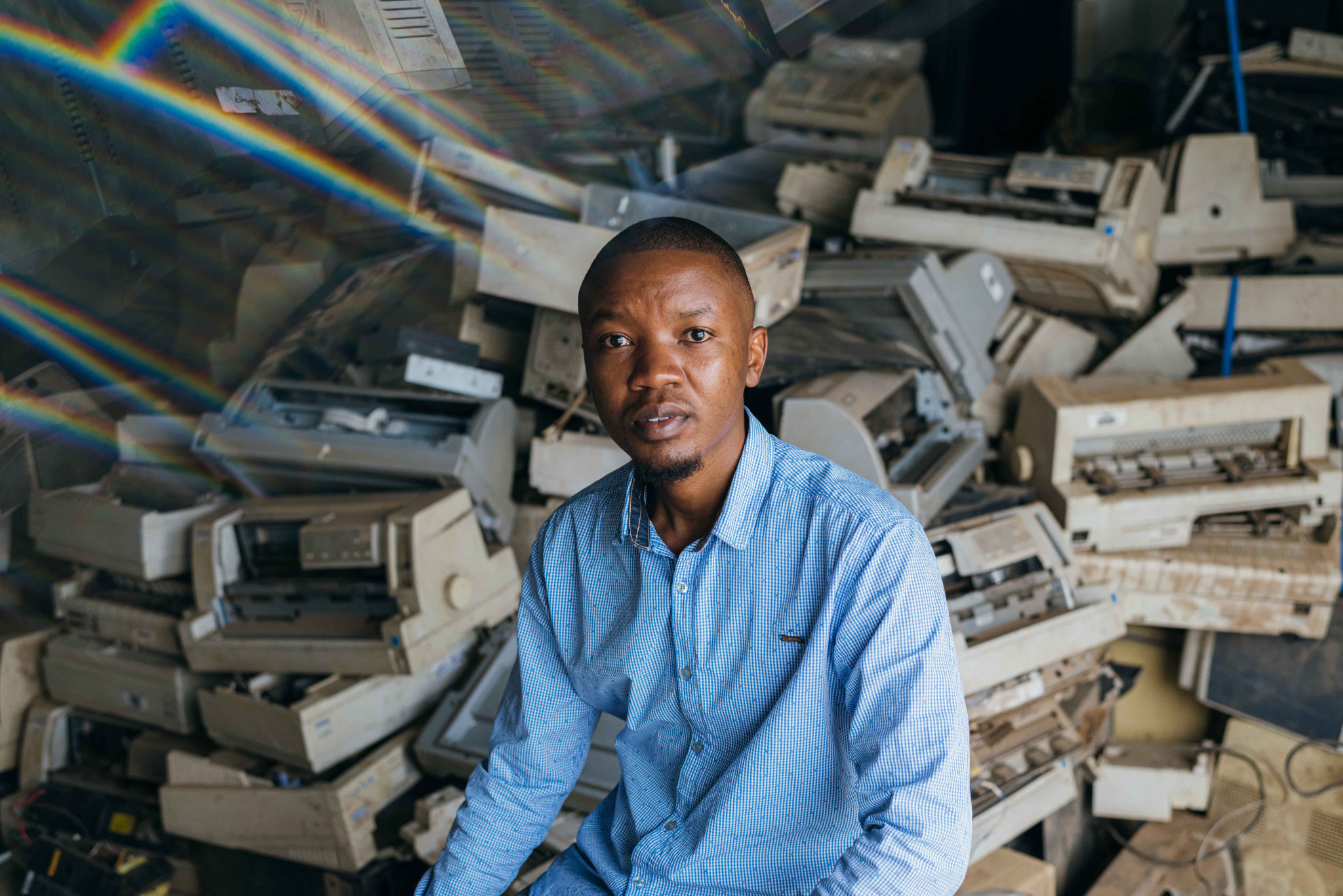
Where It All Began
WEEE (Waste, Electrical and Electronic Equipment) Centre was born out of a non-profit started by Bonnie to place donated computers into Kenya’s schools. After providing over 450,000 computers to local classrooms around Kenya, Bonnie realized that while distributing laptops was helping people and empowering education, he couldn’t ignore the stockpile of these metal creatures when they died. As he started repairing and refurbishing them, he found a gaping hole in Kenya’s waste management infrastructure.
That gap existed, he tells me, because e-waste management was such a new concept in Kenya. “As we looked at what other countries were doing in Africa when it comes to e-waste management, we didn’t see any company that was doing it properly. So we had to benchmark with European countries.” After traveling to Europe and beyond to learn about successful waste management business models, he founded a local business to handle e-waste pollution of all kinds.
You cannot be a sustainable company when your e-waste ends up in a river in an African country.
Today, WEEE Centre manages complex e-waste streams that are simultaneously ridden with toxic chemicals and critical valuable metals that creates a circular system for product life extension through product repair, upcycling, and sourcing of raw materials. To date, Bonnie’s company has handled over 10,000 tons of e-waste, and is poised to become a global leader in e-waste management.
Sizing Up the E-Waste Opportunity
WEEE Centre sits on the cusp of a massive business opportunity. The annual value of e-waste is estimated to be over $62.5 billion — a number on par with the entire GDP of Kenya.
Most companies cherry pick e-waste for the most valuable parts and leave the hazardous materials for the landfill, Bonnie explains. “Because WEEE Centre grew out of a nonprofit, we knew we needed to tackle the whole problem head on.”
It’s a logistical feat to address each and every piece of e-waste the way WEEE Centre does. “Recycling is at the furthest end of the food chain in the circular economy,” Bonnie says. “First you have to think about how to reduce waste, how to refurbish it, how to reuse it. We apply all of those different aspects of circularity.”
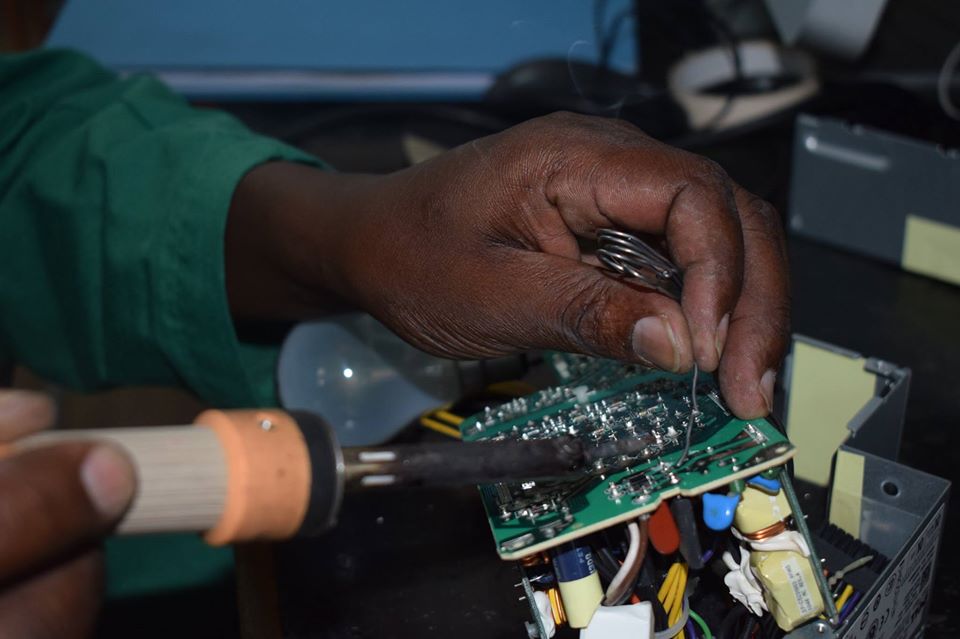
The WEEE Centre team sets up collection centers, identifies the type and amount of electronics collected by matching the product with model and ID numbers, weighs each piece, destroys its data, and determines if they can provide a second life to the artifact. If not, the team separates the components, metals, plastics, and other materials for future use as raw inputs in smelting or in various manufacturing processes.
Bonnie knows this is a profitable opportunity and is building a new future where our stuff isn’t simply pushed out of sight. Rather, it is managed meticulously by a company that has already created thousands of jobs and is bringing awareness to the linked issues of climate change and e-waste across the African continent.
Partnering Up
“You cannot be a sustainable company when your e-waste ends up in a river in an African country,” Bonnie says. And all the GHG accounting and net zero goals in the world won’t change that.
It’s no surprise, then, that embassies, governments, multinational corporations and the largest companies in Kenya have all taken notice and joined forces in building Bonnie’s vision. WEEE Centre’s early customers include Unilever and Kenya Airways, and clients now span across the globe through engagements with the Canadian, United States, German, and Dutch Embassies and a services client list of Total Energies, Samsung, IBM, Roche and Barclays.
Bonnie says that his customers are energized on one hand by global ESG commitments, the Paris agreement, and carbon reduction commitments but also the very real issue of compliance. Through WEEE Centre’s detailed disposal and end-of-life mapping reports its customers have a clear line of sight into what happens at the end of the road for their products. Or, even better, how to build a brand new circular roadmap for them.
The Future of WEEE Centre and the Circular Economy
When I ask Bonnie about his vision for WEEE Centre in five years, he explains how he is already delivering on his vision by expanding to more Kenyan cities, establishing operations in Uganda, and repeating this model throughout the African continent. And I’m struck by how fully he grasps the magnitude of global circular business opportunities.
“I don’t believe there is a circular economy sector — it’s a way of life,” Bonnie says. “Initially, people thought the circular economy would be around waste management. But anything can be circular, because circularity starts with design. If we want to make the planet a better place, everything will need to have a circular aspect to it. In the near future, the only sustainable businesses will be the ones that are centered around circularity and environmental conservation. I have no doubt the future is very bright for the circular economy lifestyle.”
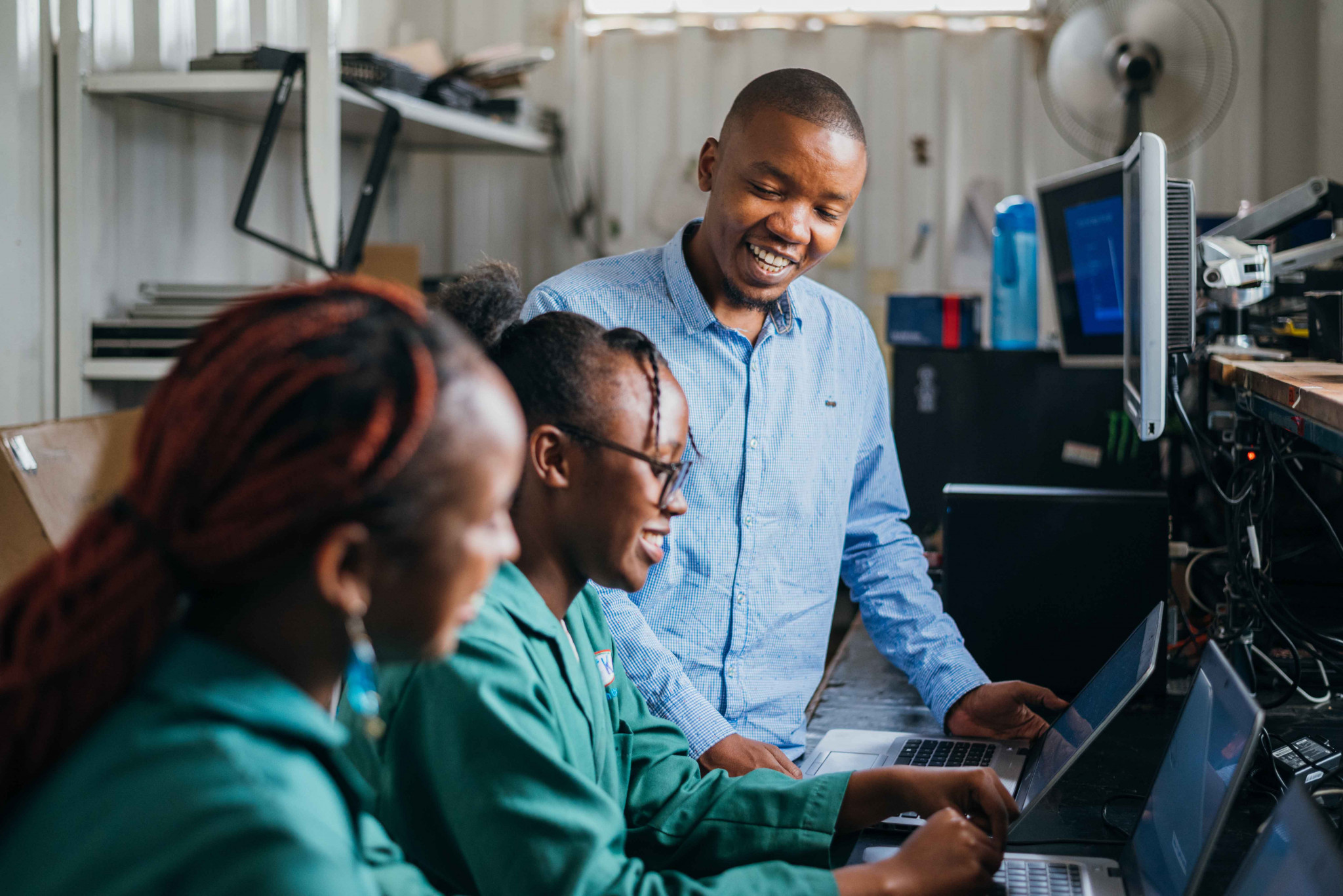
At Elemental, we look to redesign the systems at the root of climate change. It’s simple — systems are global, so the solutions must be too. One thing I’ve learned from working with so many entrepreneurs across drastically different customer segments and industries is that we are all connected by the shared vision of a greener tomorrow.
Bonnie smiles when he tells me, “Making a lot of noise alone is hard, and we have a beautiful story to tell.”
And so that’s my call to action — make noise, share these stories, get involved. And support companies like WEEE Centre that sit in frontline communities, ensuring that the ends of our sidewalks are fertile grounds for a clean, thriving economy.
• • •



